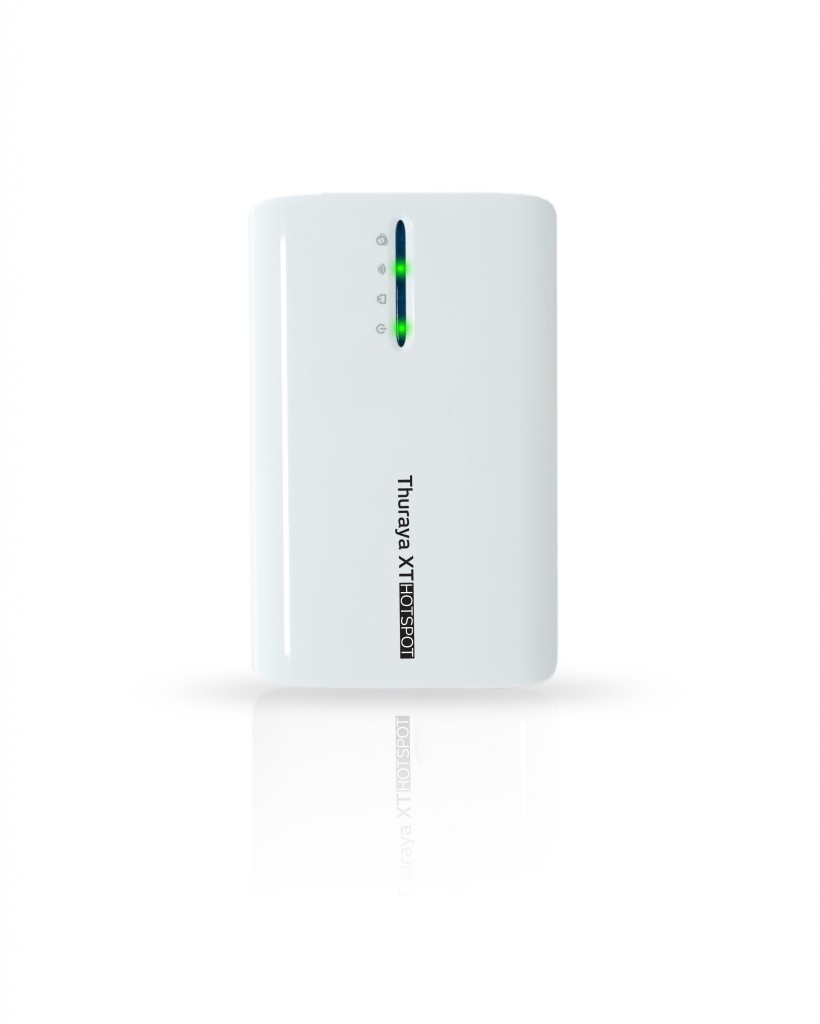 The nation’s first limits on greenhouse gas (“GHG”) emissions survived a major legal challenge yesterday, as the District of Columbia Circuit Court of Appeals upheld two Environmental Protection Agency (“EPA”) climate change regulations on the merits and dismissed challenges to two others for lack of standing. The unanimous ruling from a three-judge panel (which included one of the Court’s most conservative members) resolved consolidated lawsuits filed by states, industry trade associations, and other opponents of the embattled climate regulations.
The nation’s first limits on greenhouse gas (“GHG”) emissions survived a major legal challenge yesterday, as the District of Columbia Circuit Court of Appeals upheld two Environmental Protection Agency (“EPA”) climate change regulations on the merits and dismissed challenges to two others for lack of standing. The unanimous ruling from a three-judge panel (which included one of the Court’s most conservative members) resolved consolidated lawsuits filed by states, industry trade associations, and other opponents of the embattled climate regulations.
The litigation challenged four separate, but inter-related, rules: (1) EPA’s threshold finding that GHG emissions endanger public health or welfare, and are thus properly subject to regulation under the Clean Air Act (the “endangerment finding”); (2) a rule limiting car and light truck GHG emissions (the “tailpipe rule”); (3) a rule governing the timing of implementation for stationary source GHG limits (the “timing rule”); and (4) a rule increasing the initial regulatory thresholds for stationary source GHG controls, so only the largest emitters are covered first (the “tailoring rule”).
The Court decisively rejected scientific and legal challenges to the endangerment finding and tailpipe rule, relying heavily upon the Supreme Court’s 2007 Massachusetts v. EPA decision affirming EPA’s authority to regulate GHGs under the Clean Air Act. The Court brushed away claims that EPA had improperly relied upon prior studies and surveys by non-EPA scientists in defending its endangerment finding — with a robust endorsement of EPA’s reliance on the scientific method: “This is how science works. EPA is not required to re-prove the existence of the atom every time it approaches a scientific question.” The Court also observed that EPA could properly make its endangerment finding as a precautionary measure, to protect public health and the environment, despite alleged uncertainty about the predictive accuracy of climate change models.
The Court proceeded to find that, in light of the endangerment finding, the tailpipe rule was compelled by Massachusetts v. EPA, and that implementation of vehicle emission limits required EPA to control stationary source GHG emissions as well under the Clean Air Act. Rejecting three alternate statutory interpretations advanced by the various Petitioners — which would have limited regulation to mobile sources only — the Court held that “EPA’s interpretation of the governing CAA provisions is unambiguously correct.”
Source : Reuters




































